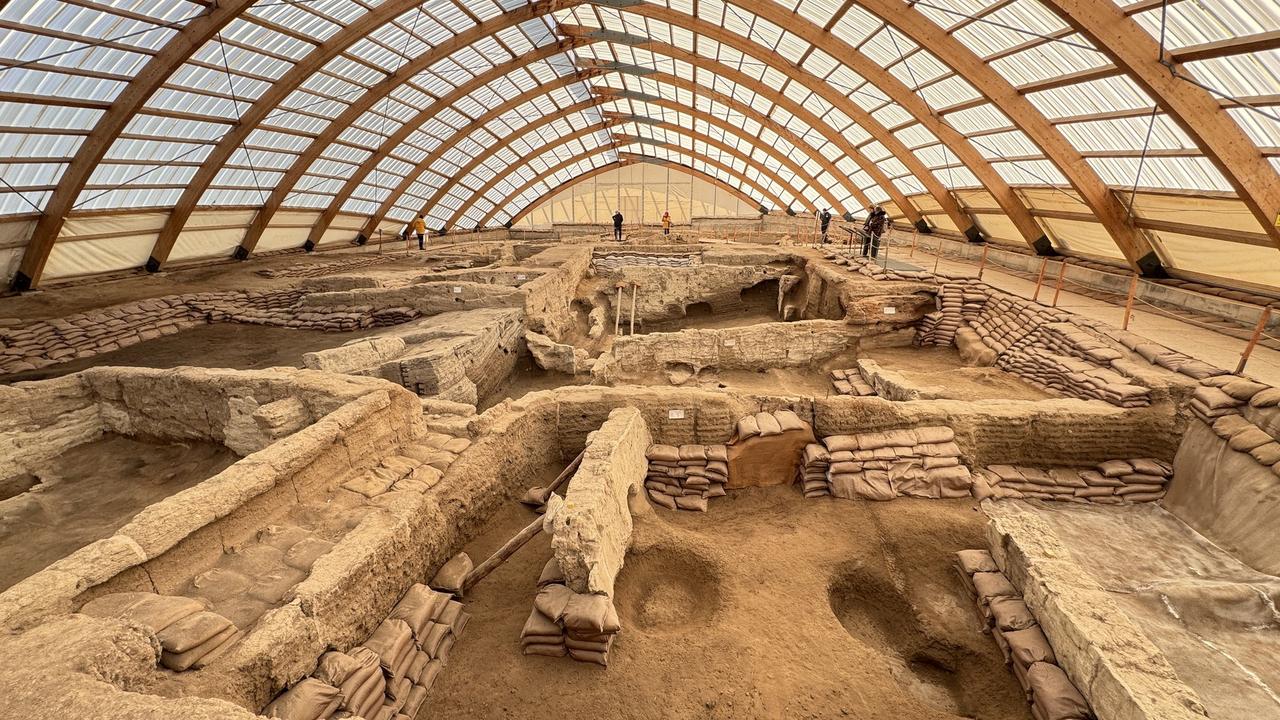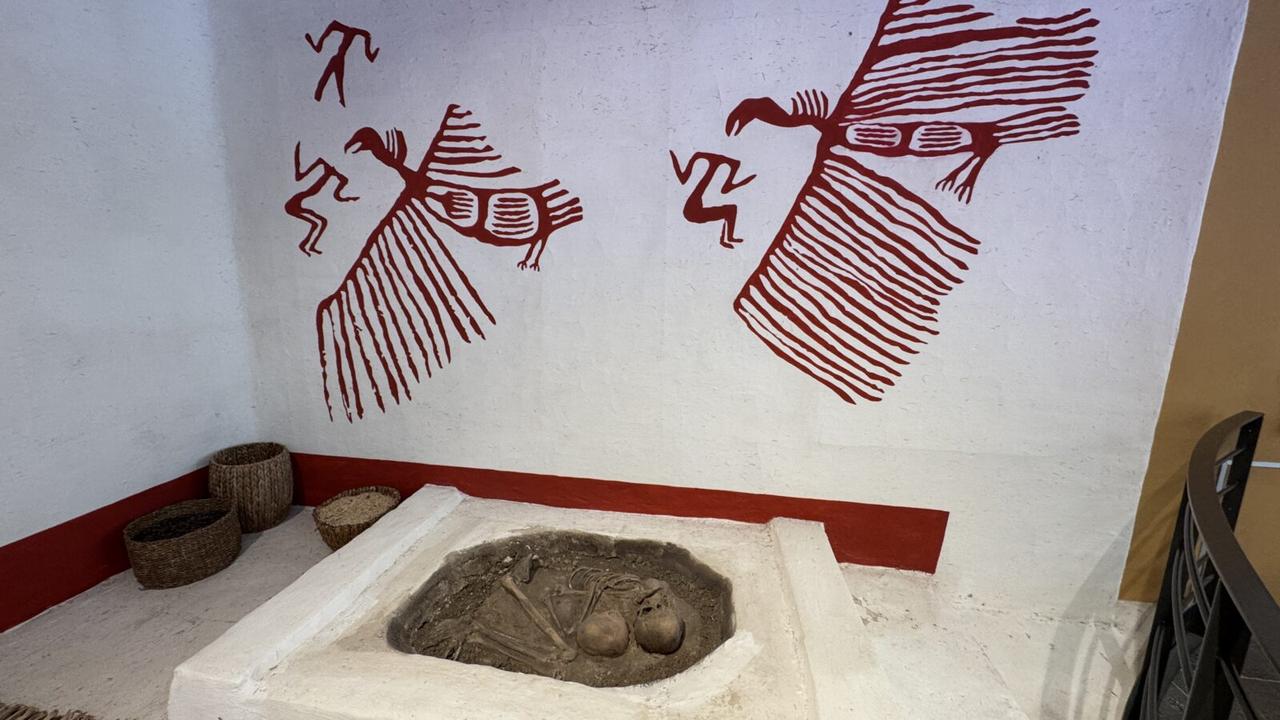
Groundbreaking genetic research suggests that the Neolithic settlement of Catalhoyuk in central Türkiye may have organized its society around female lineages, offering fresh insight into the role of women during the early farming era. An international research team analyzed ancient DNA from 131 individuals who lived on Catalhoyuk’s East Mound between roughly 7,100 and 5,900 B.C., revealing that maternal lines were more significant than paternal ones in structuring community life.
While previous studies on Neolithic Europe highlighted patrilocal societies — where women would typically leave their homes to join their husband’s family — Catalhoyuk showed no such pattern. Instead, the genetic markers in the settlement’s burial sites pointed to a community where women’s biological ties shaped household membership. Researchers found that people buried beneath the same building were more often linked through maternal ancestry, suggesting a system closer to matrilocal residence, even if it did not fully amount to a matriarchy.

Catalhoyuk, located near modern-day Konya, ranks among the world’s oldest permanent settlements. Its mudbrick homes were packed tightly together, their residents sustained by farming and animal husbandry. Across centuries of uninterrupted habitation, people buried their dead beneath the floors of their homes, layering new construction atop the remains of earlier generations.
Analysis of these burial patterns showed that genetic ties within households shifted over time. During the settlement’s earliest centuries, people buried together were often close biological relatives. However, by the later periods, those buried in the same building were frequently not related at all, raising questions about household composition. Researchers propose that cultural or economic factors — such as fostering children or absorbing newcomers — could have driven this change, helping to reinforce social bonds even beyond genetic kinship.

The new DNA findings are supported by the archaeological record. Burials of female children often contained more grave goods than those of males, pointing to higher status or special treatment. This echoes the site’s many famous female figurines, long speculated to represent a “Mother Goddess” cult, though such interpretations remain contested.
According to the study team, these results support the view that Catalhoyuk was neither a classic matriarchy nor a strictly patriarchal society, but rather a community where women’s lineages played a central role in household identity. Eva Rosenstock, one of the archaeologists involved, noted that “you might be able to call that matrilocality at household level, but it’s not quite a matriarchate in the sense of women wielding power,” emphasizing that household residence and broader social power are not always the same.

Despite evidence of occasional cultural shifts, the settlement maintained remarkable continuity in its traditions over a thousand years. Houses were repeatedly rebuilt on the same spot, preserving a tangible memory of ancestors. Even as household membership diversified, these rebuilding practices anchored the community around long-standing social norms.
Ultimately, the research adds to the understanding of how early farming societies in western Asia developed unique systems of kinship and identity. As Europe later moved toward more rigid patrilineal structures, Catalhoyuk appears to have retained a social model where women’s family ties continued to shape the core of communal life.